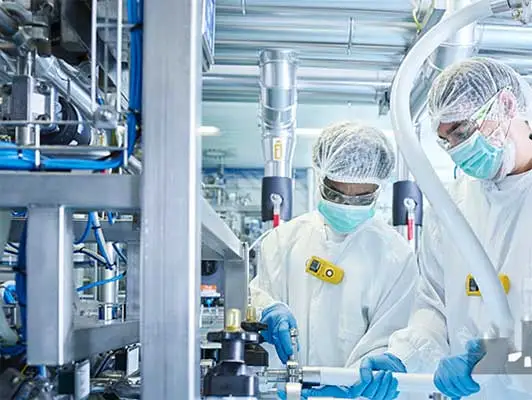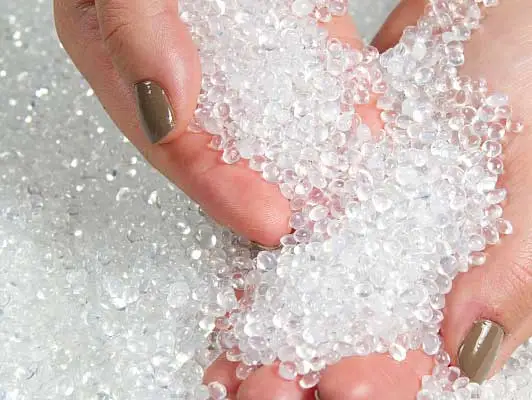As a compound deeply embedded in everyday materials, o phthalate has become a pervasive environmental contaminant. Its prevalence in plastics, personal care items, and various consumer goods raises questions about its ecological impact as these materials degrade over time. Researchers and environmental scientists are delving into the complex web of o phthalate's presence in the ecosystem to comprehend the extent of its environmental footprint.
Plastics containing O-phthalate are omnipresent in our surroundings, and as these materials break down, o phthalate has the potential to leach into the environment. The release mechanism involves the degradation of polymers, allowing the compound to migrate into soil, water, and air. This process raises concerns about the long-term impact on ecosystems and wildlife.
Water systems are particularly vulnerable to O-phthalate contamination. Runoff from landfills and industrial activities can introduce o phthalate into rivers and streams. Once in waterways, o phthalate poses a risk to aquatic organisms, potentially disrupting their endocrine systems and affecting reproductive health.
Soil contamination is another facet of the ecological impact of o phthalate. As plastic waste degrades in landfills or is improperly disposed of, o phthalate can seep into the soil. This raises concerns about the potential uptake of o phthalate by plants, which may have implications for the broader food chain.
As o phthalate enters water and soil ecosystems, its journey through the food chain begins. Small organisms absorb the compound, and as larger organisms consume them, o phthalate can bioaccumulate in tissues. This trophic transfer raises questions about the potential for o phthalate to reach levels of concern in organisms higher up in the food chain, including humans.
The impact of o phthalate on wildlife is a subject of ongoing research. Studies have suggested potential adverse effects on the reproductive systems of aquatic organisms and mammals. Understanding how o phthalate interacts with different species and ecosystems is crucial for assessing its overall impact on biodiversity and ecological health.
Recognizing the ecological concerns associated with o phthalate, regulatory bodies have implemented measures to limit its use in certain products. These regulations aim to reduce environmental exposure and mitigate potential harm to ecosystems. However, enforcement and continual assessment of the effectiveness of these regulations remain essential.
In the quest for more sustainable practices, researchers are actively exploring alternatives to o phthalate. These alternatives aim to maintain the desired properties in materials while minimizing environmental impact. Transitioning to phthalate-free materials and plasticizers represents a proactive approach to addressing the ecological concerns associated with o phthalate.
In conclusion, the ecological impact of o phthalate underscores the delicate balance between innovation and environmental stewardship. As society grapples with the challenges posed by this ubiquitous compound, it becomes imperative to explore sustainable alternatives, enforce regulations, and foster a holistic understanding of o phthalate's journey in the environment. By doing so, we can strive for a future where materials innovation aligns seamlessly with the health and resilience of our ecosystems.



021-5858-9995